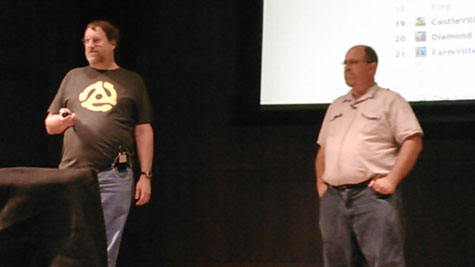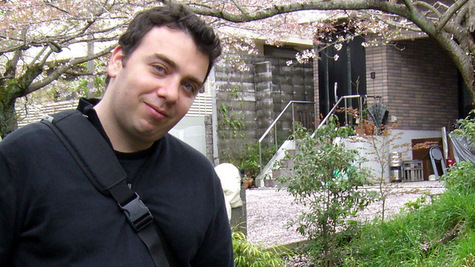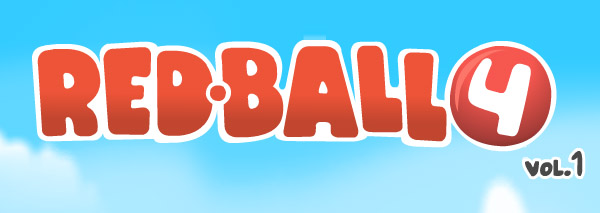Nick Thomas, CEO and Co-Founder of SomaTone, Inc., is a video games industry veteran and thought leader with 10+ years of proven executive leadership results with a focus on developing strategic industry partnerships, innovating creative outsourcing solutions and managing talented teams that contribute to more than 100 games annually from nearly all major publishers and developers, as well as independent developers. He discusses the transformation occurring in the industry in this article.
It’s happening again, right before our eyes; we’re in the midst of yet another era of redefinition and reinvention in the ever-evolving gaming industry. While the landscape is changing dramatically, history shows us that something new and good will invariably emerge. After all, (and despite many attempts), you cannot own or control creativity, or predict the future of gaming.
We at SomaTone are ten years deep as a leading provider of creative content for mobile, social, and casual games, working at the forefront of gaming over the last decade’s explosive growth. Having produced audio content on hundreds of games for many of the top publishers as well as for the indies, our vantage point gives us a sweeping perspective across the landscape of the games industry- from AAA console games, to MMO’s, to Social/Mobile, to Casual, and beyond.
We’re seeing the cyclical pendulum swing of innovation, homogenization, and reinvention continuing to keep the publishers of gaming content guessing as the smaller, faster, and more creative start-ups are yet again redefining the gaming industry.
The Ripple Effects of Converting Players into Users in Mobile Gaming
Casual games continue to go through a familiar pattern, and we are currently emerging from a decline of the smaller “Mom and Pop” game developers, who have been squeezed out by the realities of mobile publishing and the dominance of Free-to-Play (F2P) games. This economic model has sought to systematically convert game “users” into a currency that has been hoarded, sold, and traded in an effort to control access to “game players.”
As a consequence, the industry was stratified into large game publishers-who controlled the access to “users” and thus the majority of the market-and new start-ups and Indies, who were either being gobbled up by these same publishers, or self-publishing and hoping for a Flappy Bird-style anomalous hit.
The middle-class of game development-studios of 20-50 working on games that were sold via standard pay-to-play standards with supportive publishing partners-has suffered. With limited access to users, who are carefully controlled by game publishers, it was nearly impossible for mid-sized independent game developers to make and sell their own games and support their teams. The result was a polarized and stratified industry in which a small fraction of game publishers own the vast majority of market, making it extremely difficult for small game developers to independently make and sell their games without yielding to the requirements of the publishers, who will own the IP, take the lion’s share of the revenue, with no clear obligation to bring “users” to their game.
Now while all publisher models attempt to control access and distribution to customers (this is in fact what publishers are supposed to do), there is a dramatic new variable at play, with the F2P economy. This “race to the bottom” business model, which has led to disruptive game-play mechanics designed to extract fees from “users”, in their efforts to enjoy a fully featured game-play experience and be “players”, is highly dependent on publishers’ access to users, and their ability to monetize these users. Those “old school” game designers, who sought to develop great games, that offered fully featured immersive game-play experiences at the outrageously expensive price of $.99, never stood a chance against “free” games, which are developed by game publishers and promoted to their “users”, requiring players to pay for the features included in a 1-dollar competing title.
This Latest Cycle Will Induce a Painful Rebirth
This cycle of innovation, homogenization and reinvention is not a new trend. We have seen this same cycle in gaming in the past, with Big Fish Games‘ consolidation of the PC Downloadable market and subsequently, Zynga‘s dominance of browser-based Facebook, and in both cases, there was a painful rebirth of the industry. Those fastest to adapt to the new ecosystems survived, and those who could not evolve, died away.
However, it is also true that every time the industry has homogenized itself by the few having control of the many, a new era of gaming has invented itself. Just after Big Fish unequivocally took control of PC downloadable, Facebook came along and completely disrupted their reign. A few short years later, the kings of Facebook (Zynga, Playdom, Wooga) have been dethroned, only to be replaced by the current leaders of the mobile industry. With each successive attempt to control and “own” the industry, new life has begun.
This reminds me of Jurassic Park. Life finds a way. In this case, creativity finds a way, and despite the attempts of the current reign of publishers to own and control this inherently creative marketplace, they are discovering, just as all others before them have, that you cannot control game players or “own” creativity.
A new era is currently percolating under the thin crust of the mobile/casual games ecosystem, and by my observations, we are onto a new dawn of gaming. One in which King.com, and Kabam, or perhaps even the Apple Store and Google Play store, will soon find themselves trying to catch up, and wondering what happened as the world they felt so sure of has shifted beneath their feet.
“Mom and Pop” developers, take heart. The pendulum swings both ways. And from our vantage point, which reaches from the largest publishers to the smallest indies, the playing field is leveling.
2014 will be a year of reorganization and consolidation, as the bubble of Mobile/Social games refocuses its efforts, and quality will retake its place as the leading factor in a company’s success, rather than simply a publisher’s control of access to users. And developing innovative and high-quality games has always been what the “Mom and Pop” game studios have done best and are continuing to do.
Look forward to the next installment of this series next month, a case study on Zynga’s Puzzle Charms!











